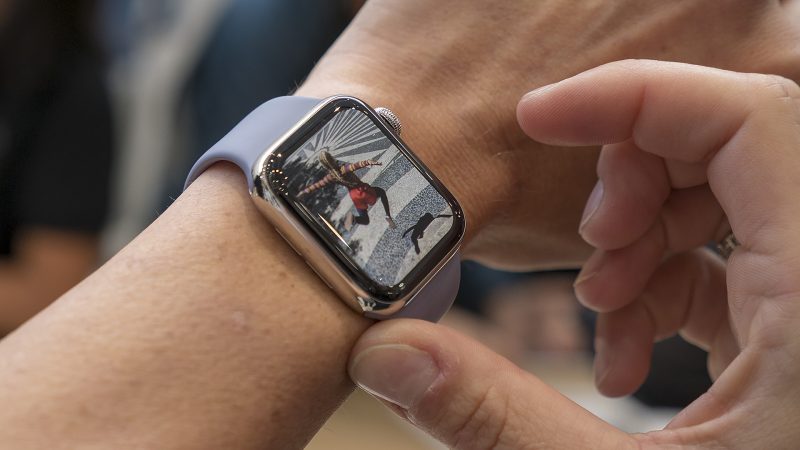
Average heart rate can be defined as the number of times the heart beats per minute. To know it, we can use a device (heart rate monitor) or take the pulse manually on the wrist or neck.
This measurement must be made at rest and during activity to establish the minimum and maximum. Knowing this information is very important from the point of view of general health and for sports performance since we could be exercising inappropriately.
However, it is appropriate to point out that the average heart rate can vary from one person to another. Likewise, age, sex, weight, and physical activity, affect the beats per minute.
Contents
Average heart rate according to age
The concept of heart rate or pulse expresses the relationship between the number of heartbeats and a given period, usually 1 minute. This is an important indicator of heart activity.
In particular, the average heart rate refers to what is expected according to our age group. It is a measure that should be taken as a reference since there may be a variety of factors, circumstantial or inherent to the person, that alter the rhythm.
In some, the pulse may be a little faster; in others, slower. Typical values for beats per minute (bpm) at rest are as follows:
- Newborns, up to the first month: from 70 to 190 bpm.
- Babies, up to the first year: from 80 to 160 bpm.
- Children from 1 to 2 years: 80 to 130 bpm.
- Between 3 and 4 years: 80 to 120 bpm.
- Between 5 and 6 years: 75 to 115 bpm.
- Between 7 and 9 years: 70 to 110 bpm.
- Over ten years: 60 to 100 bpm.
- Adults: 60 to 100 bpm.
Resting heart rate
Both physical activity and rest can alter the average heart rate. The number of contractions per minute of people at rest will depend on their age, gender, and whether they are athletes.
Average heart rate at rest in women
In general terms, women have a higher heart rate than men, without this indicating the presence of an alteration. However, it tends to increase after menopause due to hormonal changes. In this sense, the average heart rate in women during rest is as follows:
- Between the ages of 20 and 29: from 78 to 94 bpm.
- Between 29 and 39 years: from 80 to 96 bpm.
- Between 39 and 49 years: from 80 to 98 bpm.
- After age 50: 84 to 102 bpm.
Average heart rate at rest in men
Both testosterone and catecholamine concentrations cause the resting heart rate to be lower in men. In this sense, according to age, the average figures for men are the following:
- Between the ages of 20 and 29: 70 to 84 bpm.
- Between 29 and 39 years: from 74 to 84 bpm.
- Between 39 and 49 years: from 74 to 88 bpm.
- After age 50: 76 to 88 bpm.
Average resting heart rate in athletes
The case of athletes is a little more complex. The cardiovascular system undergoes a series of specific adaptations that increase its efficiency, causing the heart to work at a slower speed. This fact means that the heart rate in athletes is much lower than in the previous cases.
Athletes usually have a heart rate that can be less than 50 bpm and is normal. However, it is considered that the general mean, in this case, is 60 bpm, both in men and women.
Average heart rate during exercise
The heart needs to beat faster when you are physically active. This aims to make more oxygen and energy reach the organs to meet the requirements.